Racing take places every day in the UK, but some races and meetings are most certainly bigger than others – with bigger prize money, better horses and more interest from the punters. In this next section we summarise the highlights of the racing calendar in the UK.
Cheltenham Festival
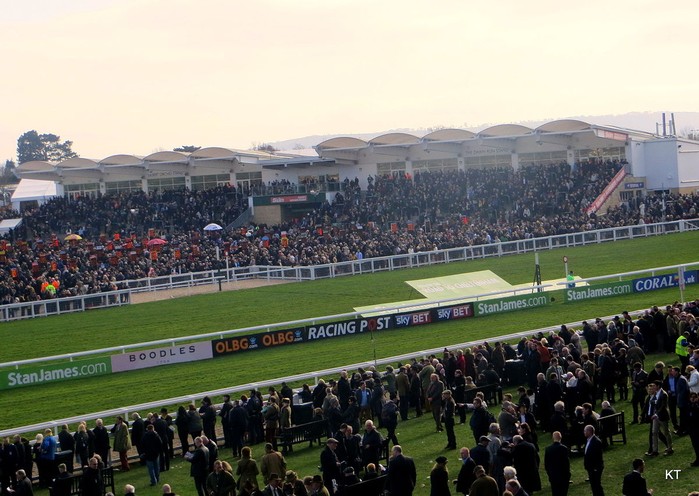
Run over four days in March, the festival is the pinnacle of the National Hunt racing season.
Although there may be the occasional runner from France, the festival is seen as a great head-to-head between the best that Britain and Ireland has to offer.
Racing from Tuesday to Friday, the Champion Hurdler and Gold Cup winners are crowned during what is a mammoth event attended by over 240,000 people.
Grand National Festival
Taking place over three days in April; as well as the big race itself which is the richest National Hunt race on the calendar, a massive ten Grade One races are run at Aintree.
Scottish Grand National Meeting
Ayr Racecourse plays host to the biggest races north of the border, including the Scottish Grand National and the Scottish Champion Hurdle each April.
Guineas Festival
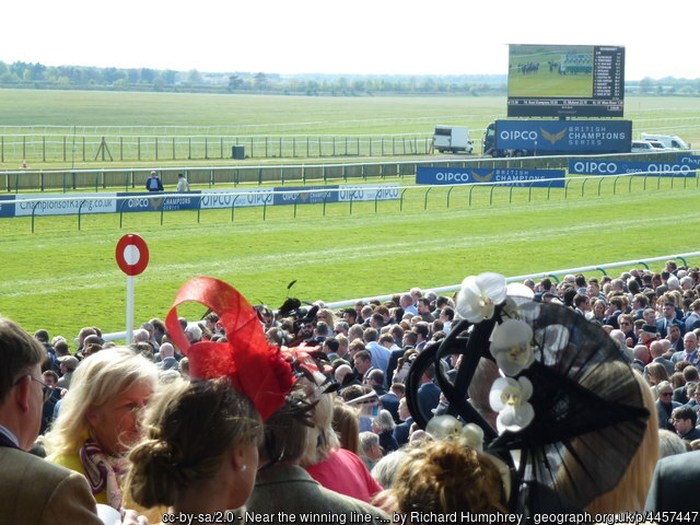
As well as other pattern races, the last Saturday in April or usually the first Saturday in May is when the first classic of the season will be run, the 2000 Guineas.
This race is run over a mile for the three-year-old colts, with the fillies’ equivalent and the second classic, the 1000 Guineas, run the following day.
This meeting takes place at Newmarket, known as HQ because of the all the training centres there, on its Rowley Mile course.
May Festival
Chester’s big meeting, featuring huge handicap the Chester Cup as well as Group and Listed races which are treated as Oaks and Derby trials.
Dante Festival
At York in May, the Dante itself is a Derby trial and is considered the strongest of its type. As well as this the Musidora Stakes (Oaks trial) is run.
Lockinge Stakes
Run at Newbury in May, the Lockinge is a Group 1 race run over a mile and as such is a race of top international importance.
Derby Festival
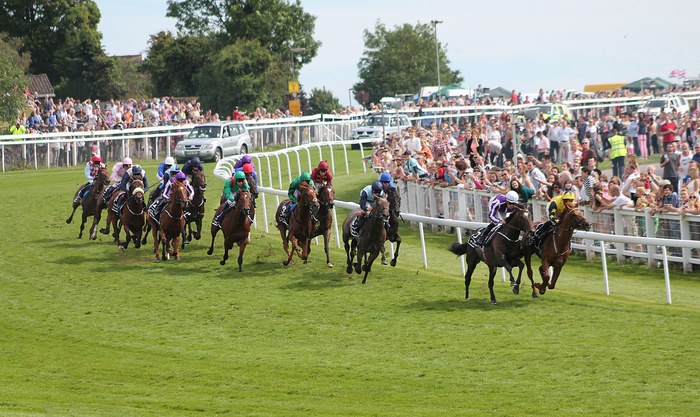
The first weekend in June sees Epsom Racecourse host its showpiece event. Friday sees the Group 1 Oaks Stakes for three-year-old fillies over a mile and a half and is the third classic of the season.
On Saturday the Derby is run for the colts. This is the fourth classic and considered the pinnacle of thoroughbred racing on the flat.
A third Group 1, the Coronation Cup, is run over the same course and distance and is for the older horses.
Ebor Festival
As if to underline the importance of handicap races in Britain; this four-day festival at York is named after the Class 2 handicap run at the end of the week, despite the fact that three Group 1’s of huge international importance are run during this time.
The International Stakes is another top quality mile and a quarter event, the Yorkshire Oaks sees the fillies from Epsom attempt to win another top race and the Nunthorpe Stakes is just about the fastest run race on the continent.
Northumberland Plate Festival
Every year in late June Newcastle hosts the Northumberland Plate, otherwise known as the Pitmen’s Derby. A staying handicap now run on the all-weather track, it is one of the richest handicap races in the country and was formerly the richest in Europe. A Group 3 and a Listed race also feature during a 3-day event.
Eclipse
The Eclipse is a hugely important and valuable Group 1 race over a mile and a quarter at Sandown in early July. It’s a race that often sees Derby winners compete against older horses for the first time and has huge significance around Europe.
July Festival
The best three days during this month come at Newmarket, by now racing on their July Course. Seven Group races are run, including the Group 1 Falmouth Stakes and the July Cup.
Glorious Goodwood
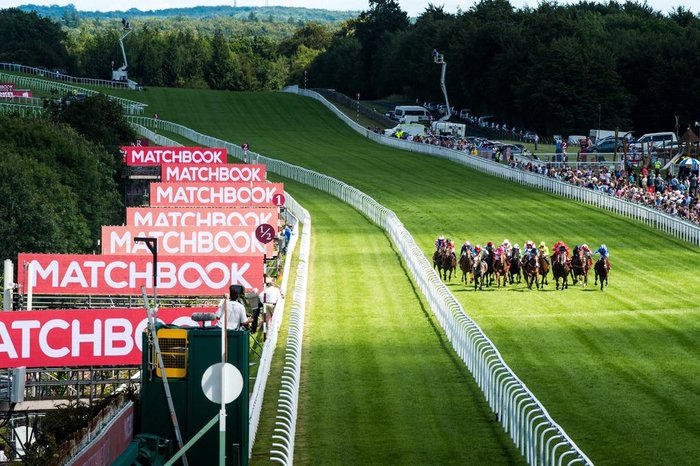
The end of July or beginning of August sees Goodwood host their biggest festival, colloquially known as Glorious Goodwood.
Five days of top quality racing sees many of the big hitters from Royal Ascot face-off again on the downs.
Three Group 1’s feature during the week.
Sprint Cup Festival
Haydock gets to host the Group 1 this time; the six-furlong Sprint Cup in early September. Top handicaps are also on the card.
St Leger Festival
A four-day get together at Doncaster culminates in the last classic running of the season; The St Leger.
Run over a mile and six furlongs, the idea is that had any horse won both the Guineas and the Derby or the Guineas and the Oaks, they could come here to try and land the Triple Crown though the last time this was done was in 1970 by Nijinsky.
Cambridgeshire Meeting
Named after the big Saturday handicap, Newmarket host this three-day meeting featuring Group 1’s the Fillie’s Mile, Sun Chariot Stakes and the Cheveley Park Stakes.
Future Champions Day
As the name would suggest, Newmarket’s hosting of this day in October features top two-year-olds which are expected to go on and challenge for the following season’s classics, though also features major handicap the Cesarewitch.
Champions Day
Four Group 1’s are hosted with the idea being to attract the best of that season’s Group 1 winners together at Ascot to see which is best.
Royal Ascot
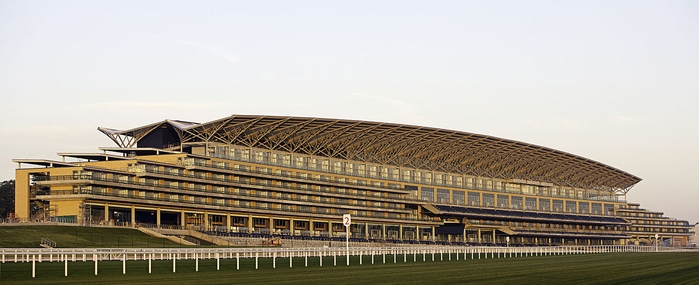
The biggest and best festival of them all; Ascot hosts Europe’s – and sometimes the world’s – best horses during five full days of top class racing in late June.
No less than 8 Group 1 races, 8 Group 2’s and 3 Group 3’s are held during a week which is as much about the fashion as it is about the racing.
Popular handicaps such as the Britannia and the Wokingham also take place during a week where as many as 280,000 people will be in attendance.
Open Meeting
Hosted at Cheltenham in November, the three-day fixture is early in the jumps season but often features horses which will go on to run at the festival in March.
Tingle Creek Festival
Two Grade 1’s, including the Tingle Creek Chase, are run during Sandown’s principal two-day jumps meeting in December.
Welsh Grand National
Run in December at Chepstow, this is another hugely competitive long distance handicap chase.
Christmas Festival
Every Boxing Day, Kempton Park hosts the Grade 1 Kauto Star Novices’ Chase, the Christmas Hurdle and, biggest of all, the King George VI Chase. The latter features runners which often go on to contest the Gold Cup at Cheltenham.